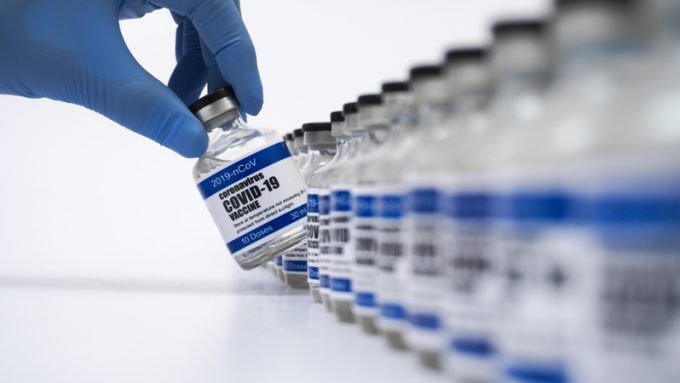Forwarders predict fall in airfreight rates as ecommerce eyes sea freight
Forwarders are warning that although the airfreight market currently seems stable, conditions could change very ...

The air cargo industry is not ready for what one of Tiaca’s directors described as the ’biggest product launch in history’, the distribution of Covid-19 vaccines.
Tiaca and Pharma.Aero conducted a survey last month which found that only 28% of respondents were ’well prepared’ for the undertaking, while 19% described themselves as ’very unprepared’.
On a preparedness scale of one to ten, the survey produced an average of 6.32, with the biggest area of concern being the handling and storage of vaccines ...
Amazon pushes into LTL for small package fulfilment and UPS does a u-turn
New senior management for DSV as it readies for DB Schenker takeover
Volumes set to 'fall off a cliff' as US firms hit the brakes on sourcing and bookings
Asian exporters scramble for ships and boxes to beat 90-day tariff pause
Temporary tariff relief brings on early transpacific peak season
'Tariff madness' will prompt renegotiation of ocean shipping contracts
Forwarders 'allowing the fox into the chicken run' by supporting 'hungry' carriers
Response to tariffs by Chinese importers may see extra costs for US shippers

Comment on this article